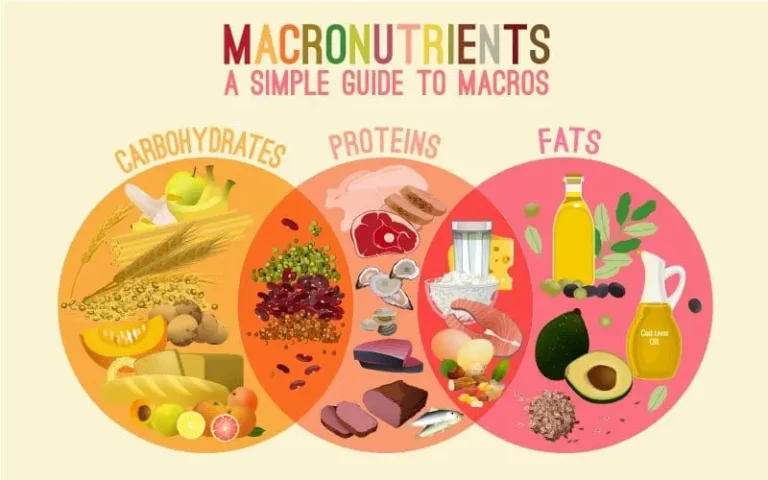
What is BMI (Body Mass Index)?
For the general population, BMI(Body Mass Index) is considered a gold standard test of obesity. BMI can be easily calculated by plugging in your weight and height in a calculator listed below:
https://www.cdc.gov/bmi/adult-calculator/index.html
Normal weight is defined as a BMI of 18.5 -24.9
Overweight is defined as BMI of 25-29.99
Obesity is BMI over 30
There are limitations to this measurement including muscle mass, sex or ethnicities.
While this measurement establishes a general baseline it fails to account for muscle mass, sex, or ethnicity. For example in the Asian population overweight is a BMI 23-24.9, and obesity is a BMI over 25, lower values than the standard metric.
Since BMI is often an overgeneralized and vague metric it is important to define obesity using other measurements and create plans that target each patient’s specific needs.
Waist Circumference
Waist circumference measures abdominal fat, which is closely linked to metabolic risk.
Abdominal obesity is defined as a waist > 40 inches in men and >35 inches in women. This metric can vary among ethnicities.
Waist circumstance is positively correlated to intra-abdominal and visceral fat, precursors for obesity related illnesses.
Body Fat Percentage
Body fat percentage is a good marker for obesity and metabolic health as it provides more reliable information about overall health. Body fat testing can be measured by bioelectric impedance analysis, DEXA, skinfold measuring, or hydrostatic weighing. It can also be estimated by body scan technology.
Obesity is defined as >30 percent body fat in men and >35 percent body fat in women.
Pre-obesity is defined as 25-29 percent body fat in men and 30-34 percent in women.
With the increased awareness and growing epidemic of obesity related medical diseases it is necessary to define obesity beyond BMI to ensure efficiency and efficacy in treatment plans.

The thyroid is a small, butterfly shaped gland located in the front of the neck just below the Adam’s apple....
Read Article

The terms EAT and NEAT refer to components of total daily energy expenditure : the total calories our body burns...
Read Article

The food we consume on a regular basis is made up of micronutrients, macronutrients, water, and fiber. Water is an...
Read Article